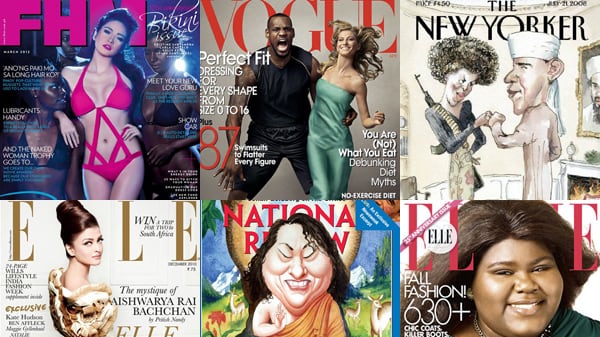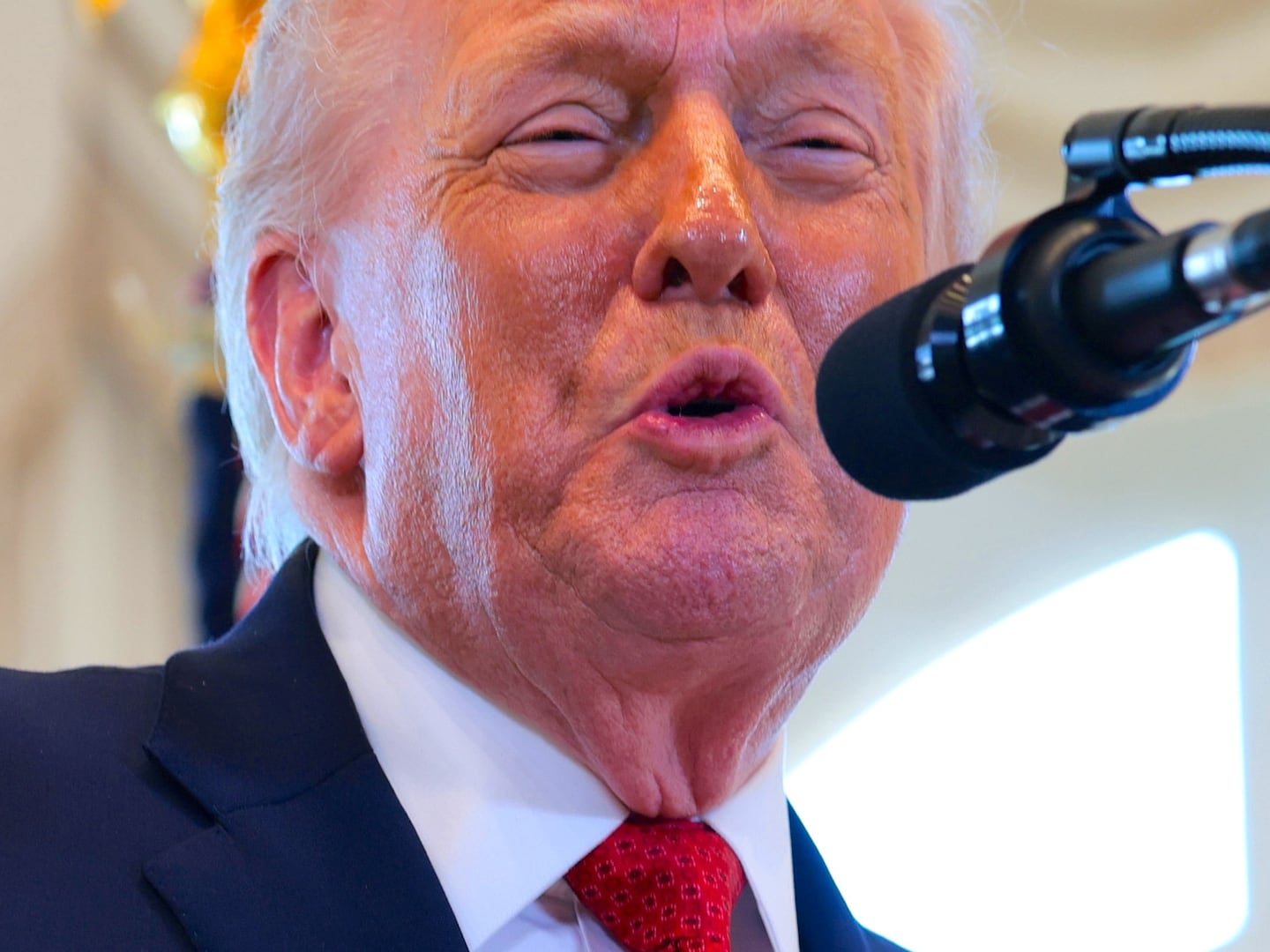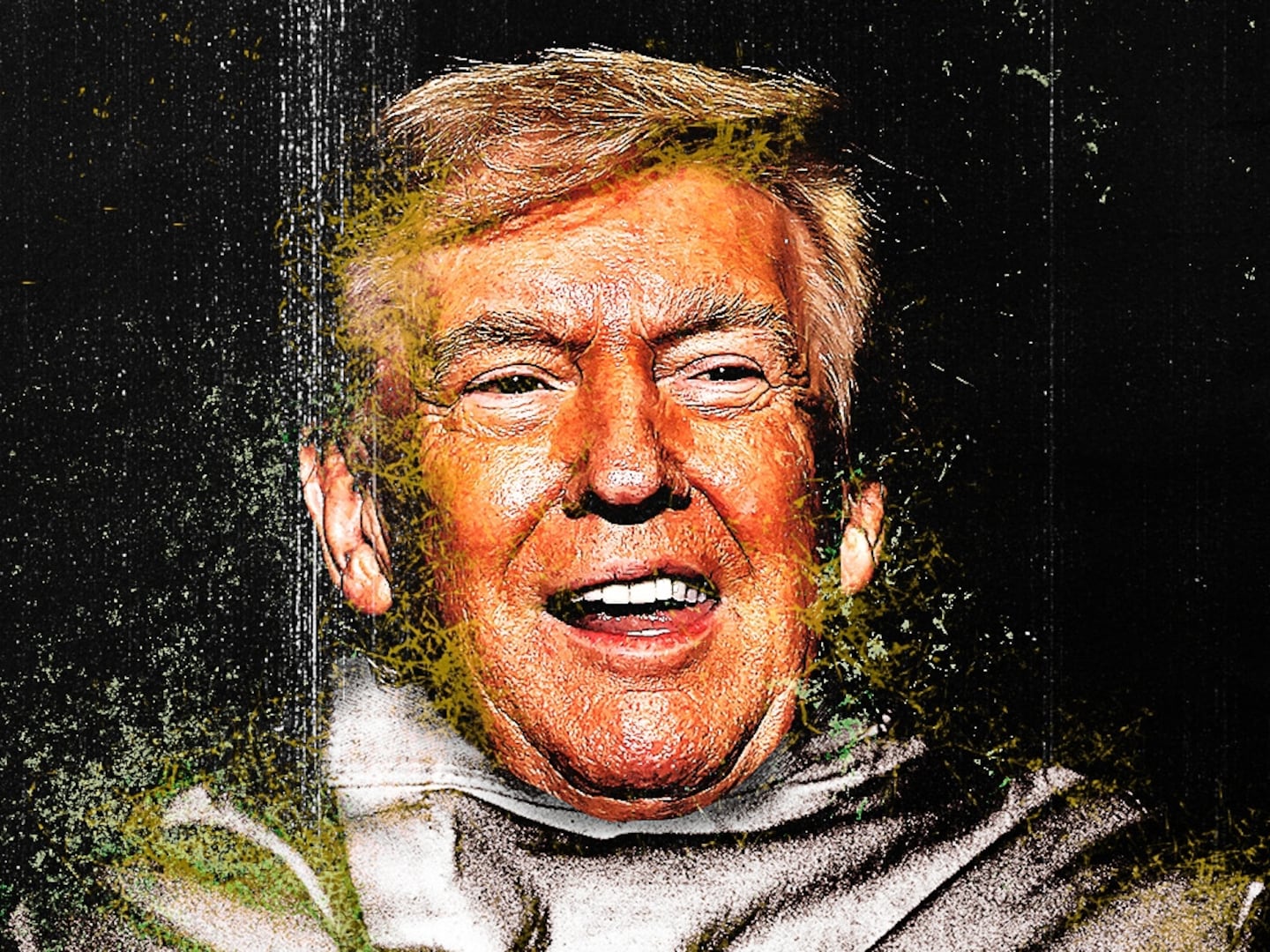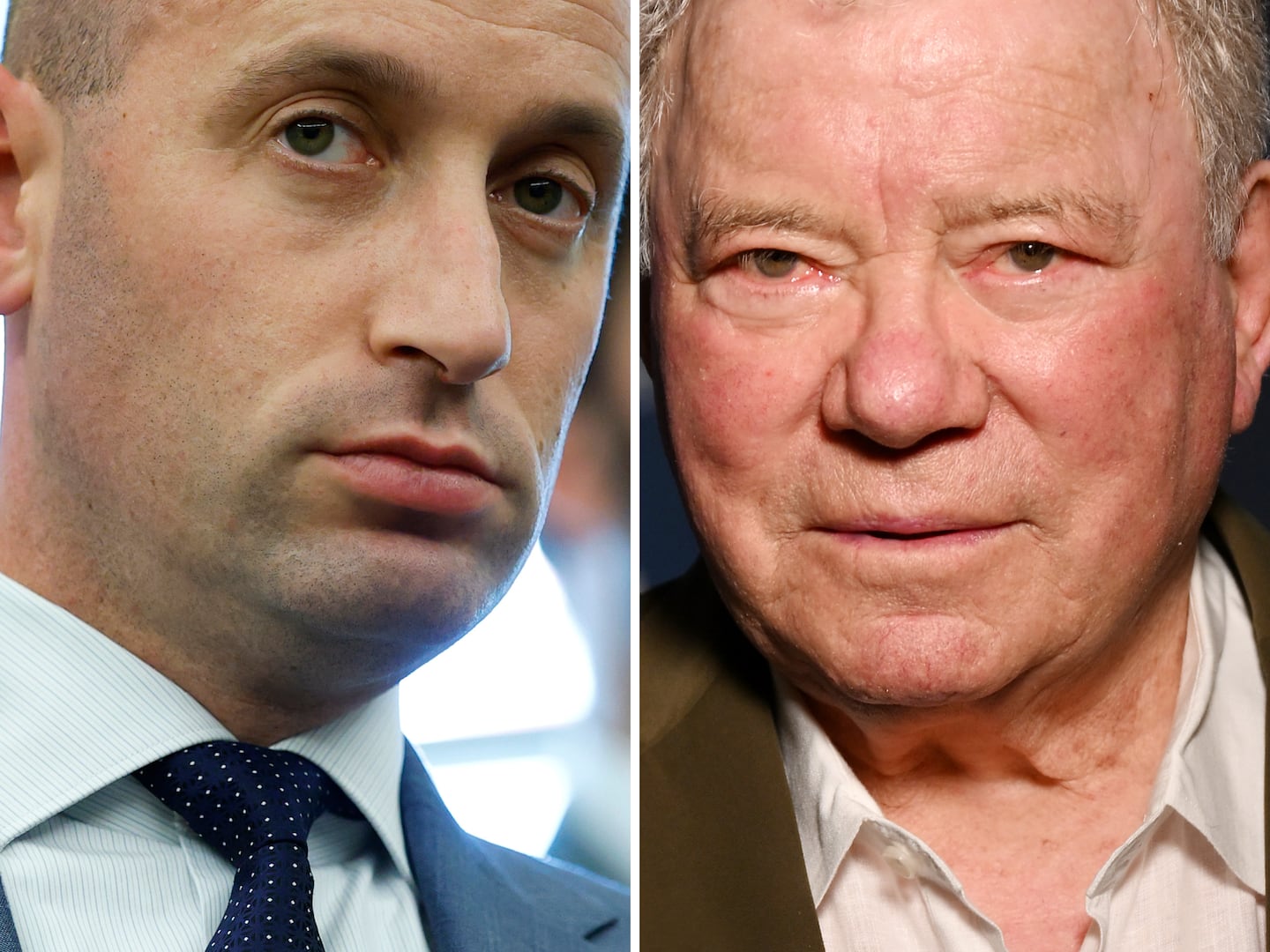
FHM Philippines just pulled a racially insensitive cover following a protest from readers. From Justice Sotomayor as a wise Buddha to LeBron James and Gisele Bundchen, see other contentious issues.

FHM is known for its provocative covers and racy lines, but with the March edition of FHM Philippines—the country’s bestselling men’s magazine—it wasn’t the bikini shot or the story on sexual lubricants that offended readers. Immediately after an image of the magazine went online, protests called for FHM to pull the issue, which featured light-skinned actress Bela Padilla emerging from a group of black models with the racially insensitive line "Stepping Out of the Shadows." “A cover starring Bela Padilla ‘Stepping Out of the Shadows’ would be uncontroversial, if the shadows weren’t black models,” said Victor Bautista, who created a Change.org petition. Responding to the uproar, the magazine changed the image and the line (“I Want to Emerge With My Own Name,” it now reads). Padilla, for her part, was surprised by the negative reaction: “I was proud with the cover we did because racism was totally out of our heads,” she told the BBC. “So I didn’t expect that we’d get negative feedback from it because we had no intention of discriminating anyone anyway.”

It has become something of an annual tradition: as soon as Vanity Fair releases its Young Hollywood issue, articles question why there are no minority actors on the cover. For the 2012 edition, only two of the 11 actresses featured on the triple-gatefold cover were women of color—Pariah’s Adepero Oduye and Mission Impossible’s Paula Patton—and they were obscured on the two thirds hidden from the newsstand view. And while editorial writers get breathless about whether Vanity Fair is being “fair,” the young actors themselves have a more open attitude. “We can spend a lot of time bashing our beautiful country, but we don’t give it enough credit,” Avatar star Zoe Saldana said in 2010 after she didn’t make the magazine’s front cover. “Our pace might be a little slow, and it might not be on par to how we as civilians would like it to be, but it’s still an amazing country.”

A few months after the U.S. edition of Elle was accused of lightening actress Gabourey Sidibe’s skin color, the magazine’s India edition faced the same charge with a cover of Bollywood star Aishwarya Rai Bachchan. According to a friend of the actress, “Aishwarya’s first reaction was disbelief. She believed that these things don’t happen anymore. Not in this day and age, when women are recognized for their merit and not for the color of their skin. She is currently verifying this skin-whitening allegation. If there is any proof of this, she might even take action.” But the magazine denied the charge. “We have not whitened Aishwarya’s skin tone in the pictures,” said Elle India’s editor in chief, Nonita Kalra.

Retouching scandals at fashion magazines are common, but they typically involve slimming a waistline or cleaning up a blemish. In October 2010, Elle was criticized for lightening the skin of Oscar-nominated actress Gabourey Sidibe on the cover of its 25th-anniversary issue. But the magazine dismissed the criticism. “We have four separate covers this month, and Gabby’s cover was not retouched any more or less than the others,” a spokesman said of the issue. “If you take a look at the portfolio, each of the women were shot in different ways and for different reasons.” But the image also drew praise from critics who noted that Sidibe had recently been passed over for the cover of Vanity Fair’s Young Hollywood issue—a controversy the actress herself thought was overblown. “I come from a world where I’m not on covers and I’m not in magazines at all,” Sidibe said. “And so I was happy to be in the magazine.”

When the June 2009 National Review featured a cover illustration of Supreme Court Justice Sonia Sotomayor as a Buddha with slanted eyes and the line “The Wise Latina,” many asked why the publication had skirted one racial minefield by stepping into another. But the magazine’s editor, Rich Lowry, dismissed those who didn’t understand the image as the ones who were unenlightened. ”Seems kind of self-explanatory,” he told Salon about the thinking behind the cover. “She has characterized herself as a wise Latina, so we ran a caricature of her in a pose associated with extraordinary equipoise, peace and—yes—wisdom …”

Was The New Yorker’s July 2008 cover illustration depicting the Obamas fist-bumping in the Oval Office an example of classic satire—or blatant racism? The image, by illustrator Barry Blitt, showed the then-candidate dressed in Muslim garb, while his wife has a huge Afro and is carrying a machine gun. (And just for good measure, a portrait of Osama bin Laden hangs over the fireplace where an American flag is clearly burning.) “What I think it does is hold up a mirror to the prejudice and dark imaginings about Barack Obama’s—both Obamas’—past, and their politics,” editor David Remnick told The Huffington Post about the image. “The idea that we would publish a cover saying these things literally, I think, is just not in the vocabulary of what we do and who we are ... We’ve run many, many satirical political covers. Ask the Bush administration how many.”

In 2008, when LeBron James became the first black man to appear on the cover of Vogue, a debate arose over whether the image of the NBA star holding Gisele Bundchen was racist. Critics suggested the Annie Leibovitz photograph was too reminiscent of a movie poster showing King Kong with actress Fay Wray in his grasp. But the magazine defended the image: “We think LeBron James and Gisele Bundchen look beautiful together,” said spokesman Patrick O’Connell, “and we are honored to have them on the cover.” And James himself wasn’t offended by it. “Everything my name is on is going to be criticized in a good way or bad way,” he told USA Today. “Who cares what anyone says?”

Back when Tiger Woods was still the No. 1 golfer in the world, two analysts on the Golf Channel were discussing his dominance. After Nick Faldo said that “to take Tiger on, maybe [other golfers] should just gang up [on him] for a while,” anchor Kelly Tilghman responded with a laugh, “Lynch him in a back alley.” Tilghman was suspended for two weeks for her comment, but shortly thereafter, Golfweek magazine put the controversy on its cover with an image of a rope and the line “Caught in a Noose.” The magazine’s editor was immediately fired, and Turnstile Publishing apologized for its offensive cover.

After Time published a mug shot of O.J. Simpson in June 1994, the magazine was vilified for darkening Simpson’s skin color. (Newsweek published the same image that same week, but left the photo unretouched.) While Time’s cover was clearly labeled as a photo illustration by artist Matt Mahurin, the magazine’s editor quickly apologized for offending readers. “It seems to me you could argue that it’s racist to say that blacker is more sinister, but be that as it may: To the extent that this caused offense to anyone, I obviously regret it,” Jim Gaines said in a statement, adding, “I’ll be a little more careful about doing portraiture or photo illustration on a very tight deadline, which was the case here.”

With its second issue, in 1934, Esquire introduced its mascot Esky, a mustachioed, pop-eyed rake who defined the Esquire man. On each cover for its first four decades, the Esky figurine (or illustration) would live out a sophisticated man’s fantasies—or just ogle a chorus girl. In June 1934, the magazine published a seemingly offensive image of Esky trying to hit a golf ball out of a sand trap as a highly stereotyped black boy watched. But in an ironic twist, Esky himself was created by E. Simms Campbell, the first black cartoonist to be featured in a national magazine and a longtime contributor to Esquire.





